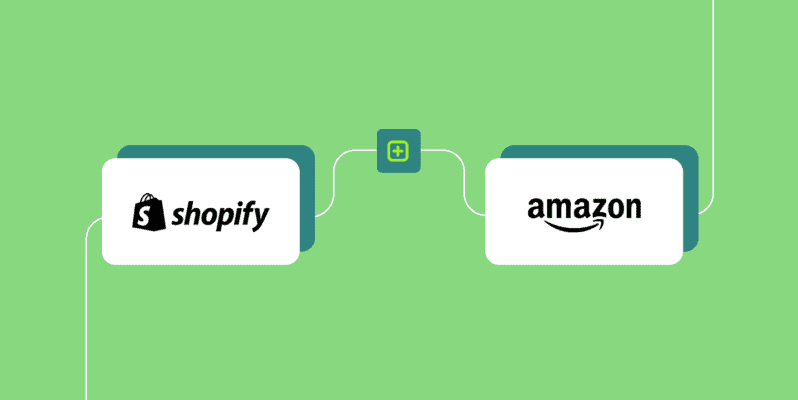The Pros and Cons of Selling on Each Shopify Review Sales Channel 2023
The Pros & Cons of Selling Shopify review is a leading e-commerce platform that provides businesses with the tools to create and manage their online stores effectively. In this article, we will delve into the list advantages and disadvantages of utilizing Shopify for sales on online store, the benefits of multichannel selling, key considerations when choosing a sales channel for any company sell your products on Shopify app, and the impact of Shopify’s integration with Amazon sales channel on online business.
What are the pros and cons of using Shopify for sales?

One of the primary advantages of using the Shopify app store for sales is the enhanced customization and branding opportunities it offers, shopify subscription, selling digital products by shopify merchants. Businesses can create unique and visually appealing online stores that resonate with their brand identity, thereby fostering a memorable and engaging customer experience with best shopify plan.
Furthermore, Shopify provides access to a wide range of sales channels, including social media platforms, online marketplaces like, and in-person retail, allowing businesses to reach their target audience wherever they may be. This multichannel approach can significantly expand the company’s market reach, driving increased sales and customer acquisition whether shopify pos.
Additionally, Shopify allows integrated sell products and easy to use shopify payments processing system, known as Shopify Payments, shopify pricing, Shopify dashboard, streamlines the checkout process for customers and provides businesses with a seamless and secure payment solution, thereby enhancing the overall sales experience.
What are the pros and cons of using Shopify review for sales?
However, utilizing Shopify for free sales you’re selling also shopify comes with certain cons of shopify also. Businesses face limited control over the back-end infrastructure of their online stores, as Shopify’s proprietary software restricts extensive modifications to the platform’s core functionalities and codebase.
Moreover, while Shopify offers its own payment processing system, shopify email, selling features, businesses may incur additional transaction fees when using external payment gateways, which can impact profit margins and overall revenue.
Another notable disadvantage is the dependency on app integrations for advanced functionalities. While Shopify’s app store provides a plethora of third-party applications to extend the platform’s capabilities, businesses may find themselves reliant on these integrations for specific features and tools, leading to potential compatibility and performance issues.

How does Pros and Cons of Selling on Shopify’s multichannel selling benefit my business?
Implementing multichannel through basic Shopify theme offers numerous benefits for businesses. Firstly, it provides increased exposure and reach to diverse customer segments across various sales channels to your shopify store, thereby maximizing the potential for sales and customer engagement.
Furthermore, multichannel facilitates consistent product and inventory management, allowing businesses to seamlessly synchronize their product listings, inventory levels, and pricing across different sales channels, mitigating the risk of overselling or discrepancies in product availability.
Moreover, Shopify streamlines order fulfillment and shipping processes across multiple sales channels, enabling businesses to manage and fulfill orders efficiently, regardless of the sales platform, while providing customers with a uniform and reliable shipping experience.
What are the key considerations when choosing a sales channel for my online store?
When selecting a sales channel for a Shopify ecommerce, businesses should consider several key factors to ensure the optimal choice for their sales multichannel sales strategy. Firstly, understanding the target customer demographics for each sale channel may be crucial, as it allows businesses to align their products and marketing efforts with the preferences and behaviors of their audience on each platform.
Additionally, assessing the platform’s integration capabilities with Shopify account is essential, as seamless integration promotes efficient management of orders, inventory, traffic and sales, and customer data, enhancing the overall operational efficiency of the shopify platform business.
Furthermore, evaluating the associated costs and fees for using specific sales channels is paramount, as businesses need to factor in the expenses related to transaction fees, subscription costs, and any additional charges incurred through the integration and utilization of each sales channel by shopify customers.
How does Pros and cons of selling on Shopify’s integration with Amazon impact online sales?

Shopify’s integration with Amazon presents significant opportunities for businesses to expand their sell online reach. By leveraging this integration, businesses can access an expanded customer base comprising millions of potential customers on Amazon, thereby enhancing their brand visibility and potential sales also developed by shopify business.
Moreover, the seamless syncing of product listings and inventory between Shopify and Amazon ensures that businesses can maintain accurate and up-to-date product information across both platforms, avoiding discrepancies and discrepancies that could negatively impact customer experience and operational efficiency.
Additionally, the integration improves order management and provides centralized reporting for both platforms, streamlining the administrative and analytical aspects of selling on Amazon through free Shopify supports, thereby facilitating better decision-making and performance evaluation.

Private Agent for Dropshipping Success